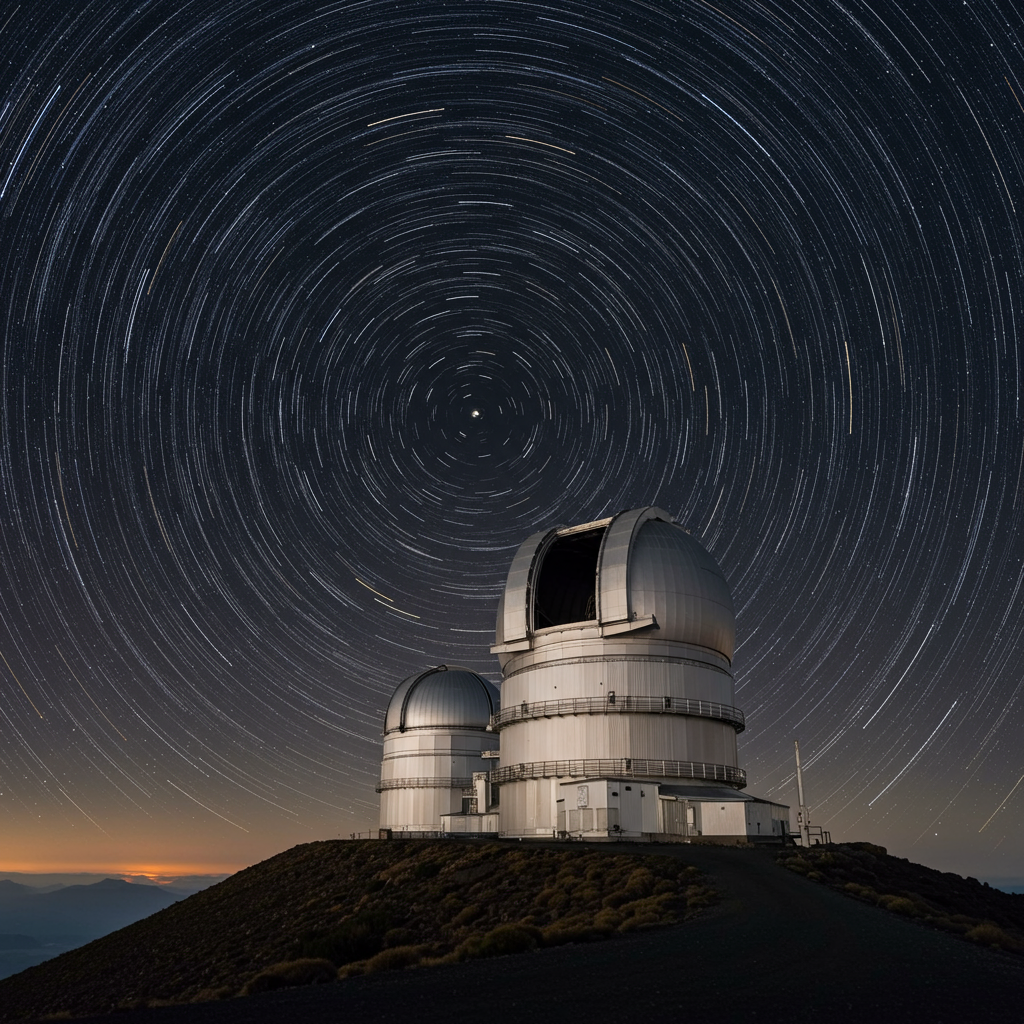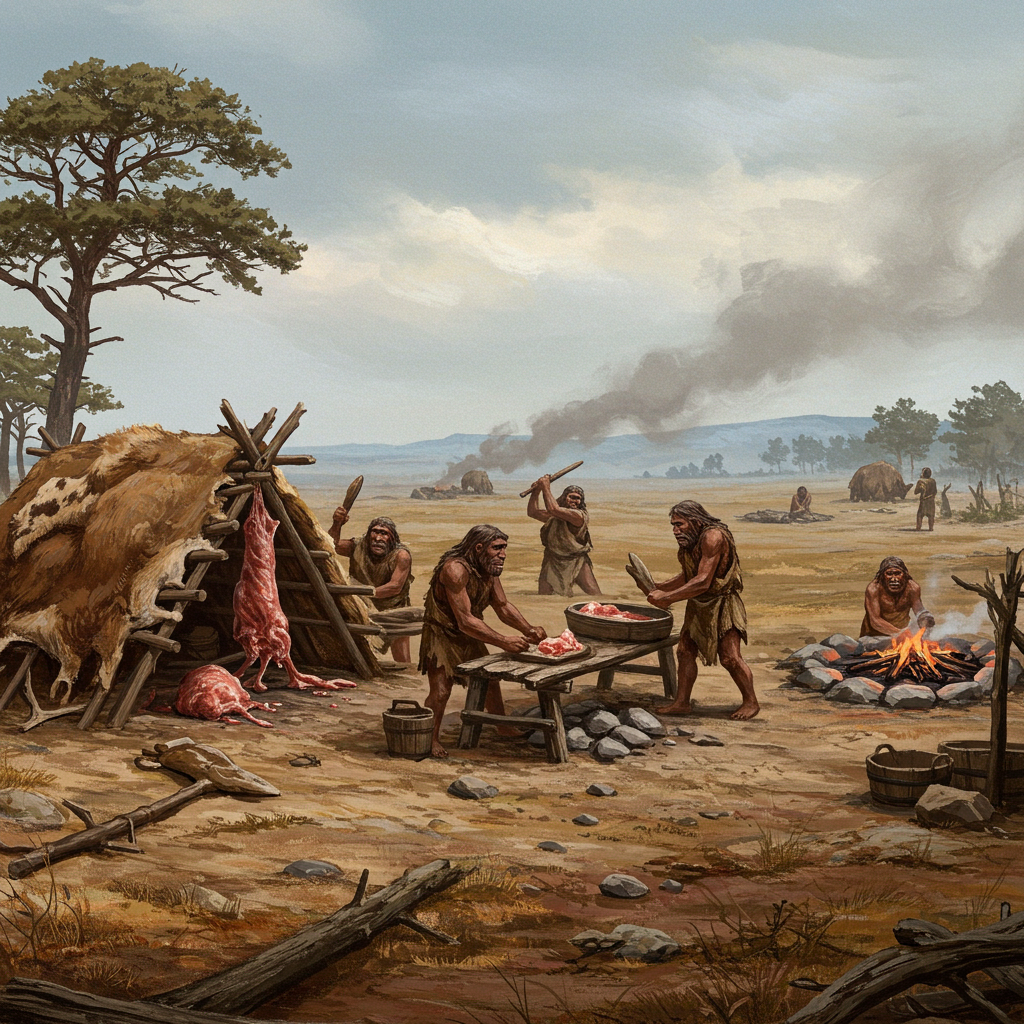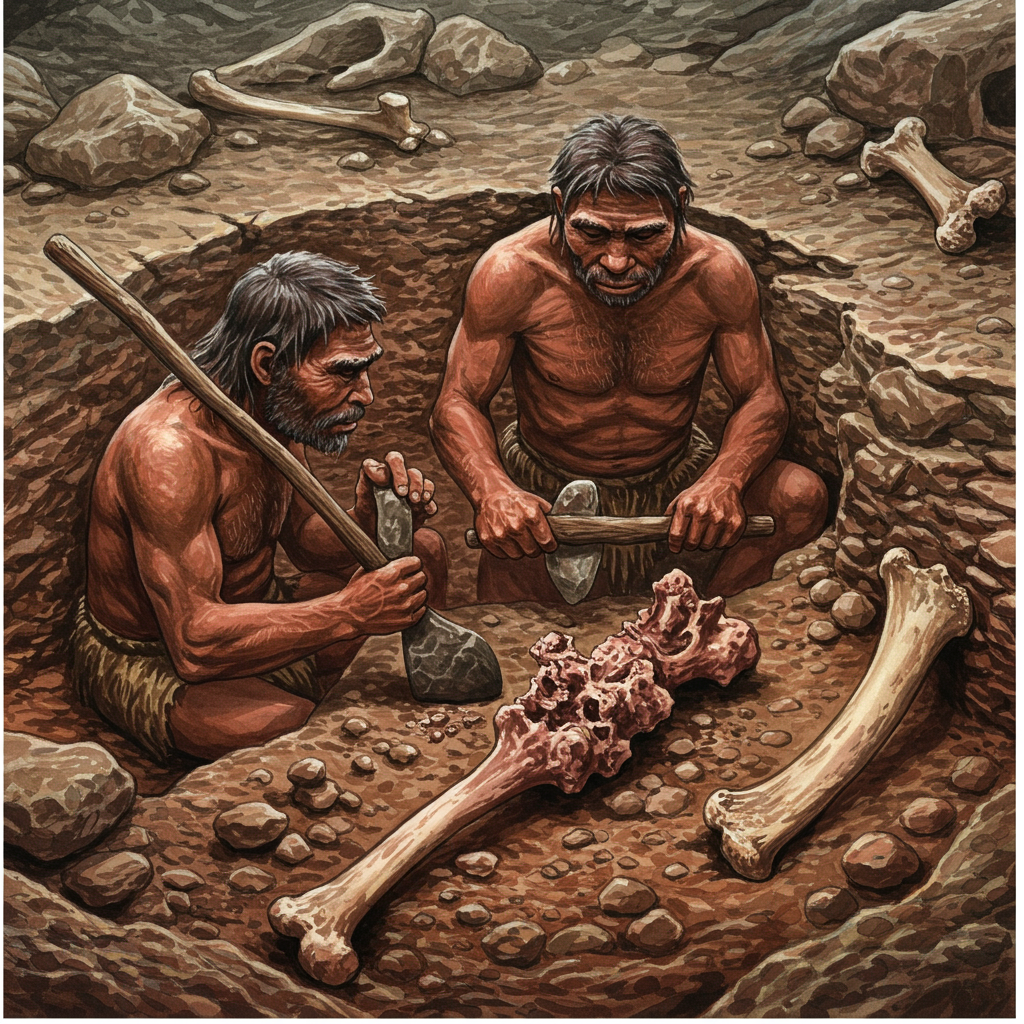The universe is a dynamic place, constantly changing. Stars explode, black holes devour matter, asteroids zip through space, and distant galaxies evolve over billions of years. But capturing this vast, ever-shifting cosmic tapestry requires a telescope unlike any other – one built not just for looking deep, but for looking wide and fast, repeatedly scanning the entire visible sky. Enter the Vera C. Rubin Observatory, perched high on Cerro Pachón in Chile, poised to create the ultimate time-lapse movie of the cosmos.
This isn’t your typical telescope that zooms in on single targets. Rubin is designed for speed and coverage. Its agile steel mount, weighing a staggering 350 tons, can move with remarkable speed, swiveling effortlessly on a thin film of oil. At its core is the world’s largest digital camera – a 3200-megapixel behemoth capable of capturing a detailed image in less than 3 seconds after each exposure.
Why the need for speed? Because Rubin’s mission, known as the Legacy Survey of Space and Time (LSST), is to scan the entire night sky visible from its southern hemisphere vantage point. With a field of view covering an area equivalent to 45 full Moons in a single snapshot, it will systematically capture panorama after panorama. Each exposure takes just 30 seconds, followed by a rapid 5-second slew to the next patch of sky. In this relentless march, Rubin will map the entire visible sky every three nights, building up a comprehensive, decade-long cosmic film.
This revolutionary survey approach complements other groundbreaking astronomical endeavors. While telescopes like the James Webb Space Telescope (JWST) excel at probing the fine details of specific celestial objects – peering through dust to reveal stellar nurseries or analyzing the atmospheric composition of distant exoplanets – and future giants like the Extremely Large Telescope (ELT) and Giant Magellan Telescope (GMT), also under construction in Chile’s prime viewing regions, promise unprecedented resolution to image exoplanets directly or study early galaxies in ultra-sharp detail, Rubin’s strength lies in its unparalleled breadth and statistical power.
A Flood of Discoveries in Real-Time
The real magic of Rubin begins when it compares consecutive images of the same patch of sky. Any light source that has moved, changed brightness, or simply appeared will be flagged as a “transient.” Within minutes of an image being taken, Rubin’s processing center at SLAC National Accelerator Laboratory in California will unleash a torrent of alerts – potentially 10 million every single night.
The Dynamic Sky: Astronomers around the world are preparing with machine learning and AI systems to sift through this firehose of data. The alerts will flag everything from routine variable stars and known asteroids to cosmic cataclysms. This includes hundreds of thousands of supernovae – exploding stars marking the end of stellar lives – and rare, sought-after events like the merger of neutron stars (kilonovae), which are cosmic factories for heavy elements like gold. Detecting a kilonova’s early phase, as only a rapid survey like Rubin could, is key to understanding the bizarre matter inside neutron stars. Flaring supermassive black holes tearing apart stars or consuming gas will also light up the alert stream. As astronomer Eric Bellm puts it, the goal is to “pick out the things that are the most rare, the most unusual, the most interesting.”
Our Changing Solar System: Closer to home, Rubin will revolutionize our understanding of our own neighborhood. Predictions suggest it will discover millions of new asteroids, including near-Earth objects that could pose a future threat, and dramatically increase the number of known objects beyond Neptune. This vast new census could help planetary scientists like Konstantin Batygin search for the elusive Planet 9, a hypothetical world whose gravity might explain the peculiar orbits of distant objects. Rubin might also uncover clues about the Sun’s birth in a star cluster by examining the orbits of the outermost Solar System objects, or even spot interstellar visitors passing through, shedding light on planet formation processes around other stars.
Mapping the Invisible Universe: While the transient alerts grab headlines, Rubin will also meticulously build up the deepest, most detailed static map of the cosmos ever created. By stacking images taken over its 10-year survey, it will detect billions of galaxies, some whose light began its journey when the universe was less than a quarter of its current age. This massive dataset will be a treasure trove for studying how galaxies form and evolve. By analyzing the subtle distortions in the shapes of these distant galaxies caused by the gravity of intervening matter – a technique called weak gravitational lensing – astronomers will map the distribution of both normal matter and the mysterious dark matter. This mapping, on a scale far exceeding previous surveys like the Dark Energy Survey or even the European Euclid mission, is crucial for understanding the influence of dark matter and dark energy, which together make up 95% of the universe’s content and dictate its expansion rate. Chief scientist Tony Tyson highlights the unprecedented sample size: 20 billion galaxies detected by Rubin compared to Euclid’s aim for 1 billion.
Built for Scale and Speed
The engineering required for Rubin is immense. Its 8.4-meter main mirror utilizes a unique three-mirror optical system, including a ring-shaped primary mirror surrounding a tertiary mirror, designed to provide a wide, distortion-free field of view. The camera, the size of a small car and cooled to -100°C, houses 189 CCD sensors working in concert to read out images in just seconds.
Handling the data is as big a challenge as building the telescope. With 20 terabytes generated each night*, Rubin will produce more optical astronomy data in its first year than all previous telescopes combined. A dedicated data infrastructure, involving SLAC, NOIRLab, and international partners, cleans, compiles, and distributes this vast archive globally, enabling astronomers everywhere to access the “single data set that serves most science problems.” Automated alert brokers, developed by the community, filter the raw stream, prioritizing interesting events and even triggering observations on robotic telescopes worldwide for rapid follow-up.
Facing Cosmic Challenges
Even from its pristine mountain perch, Rubin faces modern hurdles. Growing constellations of communications satellites, like SpaceX’s Starlink, pose a significant threat. Their bright streaks across Rubin’s ultra-wide images can obscure or corrupt data, potentially causing missed discoveries and impacting critical science goals like mapping dark matter or identifying near-Earth asteroids at twilight. While collaborations with companies like SpaceX have led to some mitigation efforts (less reflective surfaces, lower orbits), the sheer number of planned satellites, and the lack of data sharing from new entrants like China, remain a concern for astronomers. As astronomer Samantha Lawler puts it, the satellite swarms are an “existential threat to astronomy.”
The Road to First Light
Paid for by the U.S. National Science Foundation, Department of Energy, and private donors, the $800 million observatory represents a decades-long vision, evolving from Tony Tyson’s initial idea for a dark matter telescope in the 1990s. The team on Cerro Pachón recently celebrated a major milestone: channeling light through the telescope and camera for the first time in April. Though the initial test image was misaligned, a few adjustments quickly yielded the anticipated pin-sharp view. This moment, sparking jubilation from the summit control room to the base facility, signals that the cosmic movie is almost ready to begin rolling, promising to revolutionize our view of the dynamic universe and unlock secrets about its past, present, and future.




